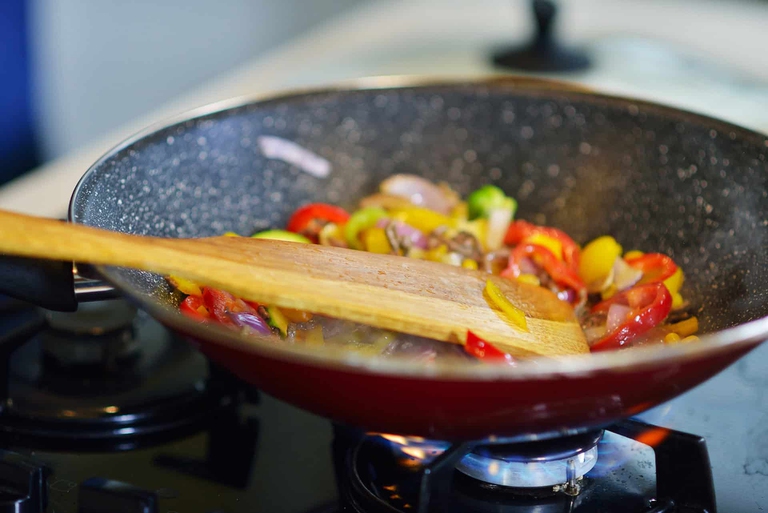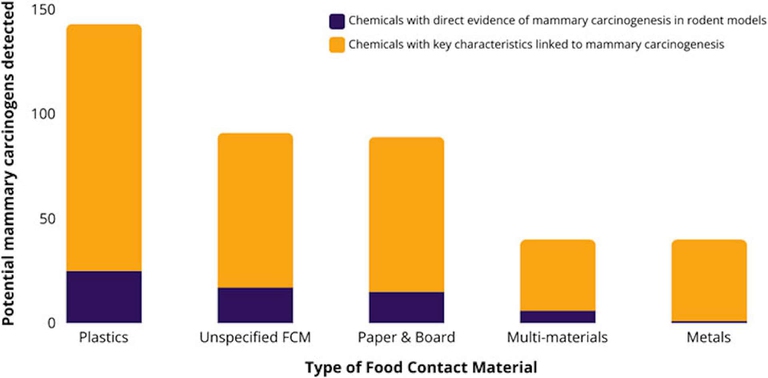https://www.lifegate.it/materiali-contatto-alimenti-cancerogeni-mammari
- |
- One study compared a list of potential breast carcinogens with substances found in food contact materials.
- The results show the presence of 189 substances risky for breast cancer, 143 of which are in plastic.
- Scholars underline the need to adapt the current regulations on the matter to exploit an opportunity for prevention.
In the materials in contact with food, such as processing equipment, packaging and kitchen utensils, contain various substances that are potentially of breast carcinogens and which can migrate into foods.This is stated by a study carried out by Food packaging forum and published on Frontiers in toxicology.

Potential breast carcinogens in food contact materials:the study
The researchers compared a list of potential breast carcinogens, developed by scientists at the Silent spring institute and recently published, with the Food Packaging Forum database on migrant and extractable chemicals in contact with food, discovering the presence among these of 189 potential and confirmed breast carcinogens, of which 143 in the plastic And 89 in paper or cardboard.
Even limiting the comparison to the most recent studies available that used migration experiments mimicking realistic conditions, there is evidence of exposure to 76 potential and confirmed breast carcinogens from food contact materials used in markets around the world.Of these substances, 61 (80 percent) are from plastic materials, 23 (30 percent) from unspecified materials, 21 (28 percent) migrated from paper and cardboard, 8 (11 percent) from metals and 6 (8 percent) from multimaterials.These are, for example, substances such as benzene, styrene and several primary aromatic amines.
An opportunity for prevention, but we need to modernize the rules
Many nations have one legislation on food contact materials aimed at protecting citizens from dangerous chemicals, often by specifically regulating genotoxic carcinogens, but the study highlights gaps and deficiencies in current legislation.

“Our findings imply that chronic population-wide exposure to suspected breast carcinogens from food contact materials is the norm and highlights an important, but currently underappreciated, prevention opportunity,” the authors explain. “The potential for cancer prevention by reducing hazardous chemicals in daily life is under-explored and deserves much more attention, he said Jane Muncke, CEO of the Food Packaging Forum and co-author of the study. In women, the breast cancer it is the most frequently diagnosed cancer.
